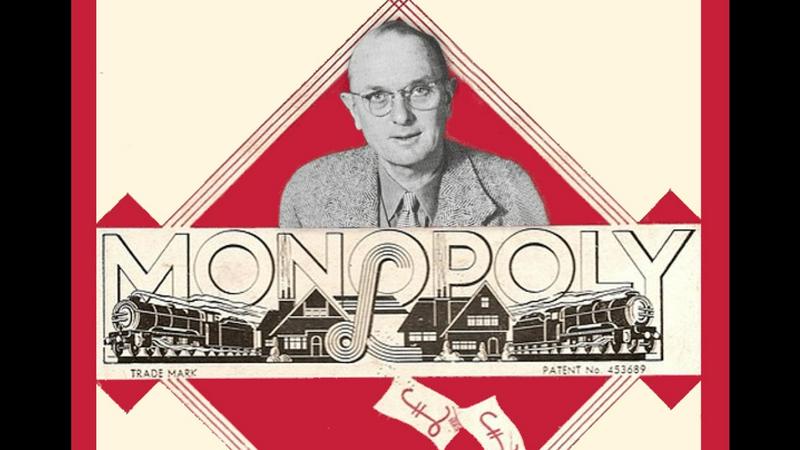The Monopoly Boards That Helped POWs Escape
By Linda Speckhals | November 22, 2022
Everyone Loves Monopoly

In the midst of the Great Depression, Charles B. Darrow of Germantown, PA invented the game known today as Monopoly. He presented it to executives at Parker Brothers. When they rejected it, he sold 5,000 homemade games, which convinced the company to buy the game. It was patented on December 31, 1935, and since then the company has produced over 200 licensed and localized editions for more than 103 countries.
Changes To The Games During World War II
During World War II, there were changes made to the boards to help save on materials as countries contended with shortages. The pieces, for example, were often made of cardboard to preserve metal, and the game itself used a spinner rather than die. There was also a version they produced that cannot be found today; this version, the brainchild of Christopher Clayton Hutton, helped Allied soldiers escape from German prison camps.
Hutton Was Employed By The MI9

In 1939, the British Secret Service MI9 employed Hutton to help POWs escape German prison camps. Hutton toyed with a number of different ideas, including cloth maps sewn into uniforms, tiny compasses attached to the back of buttons, and shoe heels with hidden knives. However, the guards discovered many of his attempts, but Hutton found success when he worked with Waddingtons, the British game company that manufactured the British version of Monopoly, to create Monopoly game boards to smuggle escape kits to the POWs. They chose Waddingtons for another reason: Waddingtons was also the only manufacturer to master the technique of printing on silk, which was an arduous process. The company had been using the technology to create other silk prints for items like theater programs. They had also been printing silk maps to sew into the soldiers’ uniform.
Items Were Hidden In Each Game
The special boards they produced had to be the same weight as regular Monopoly boards and they included miniature compasses, metal files, and real money. The compasses and files were disguised as playing pieces, while the real money was hidden under the Monopoly money. Most importantly, the games also included silk maps of European countries. They chose silk because it was light, it wouldn’t dissolve in water, and it wouldn’t tear. It could be crumpled up to fit in a small space, so the soldiers could fit it into a boot or a cigarette packet. It had the added advantage of not making a sound when the soldiers crumpled it to hide it so it wouldn’t draw attention. To hide the silk maps, they were placed under the paper sheet which was then glued down onto the board.
Getting Games To The POWs

Each soldier knew about the escape kits, and it wasn’t difficult to smuggle them into the prisons. As part of the Geneva Convention, Germany allowed charities to supply the prisoners with board games, because the games would provide the POWs with distractions. The games were given to fake charities with names like the Licensed Victuallers Prisoners Relief Fund to distribute. The fake charities needed real addresses, so they appropriated the addresses of abandoned buildings.
Marks On The Board
Each game was marked to indicate which map was hidden in the board. For example, a red mark after Marylebone Station indicated that an Italian map was hidden inside, while one after Mayfair indicated maps for Norway, Sweden and Germany. A red mark after Free Parking indicated the map inside was for Northern France and Germany. These red marks simply looked like a printing error to the untrained eye and would not draw attention to the escape tools hidden inside.
The Smuggling Tools Remained A Secret
One other important component of the plan came after the imprisoned soldiers freed their tools from the game: they were told to destroy the game so that they could keep the ingenious escape packages a secret from their captors, so we don’t know how many of the games helped POWs escape, although historians estimate that they could have helped thousands to get to freedom. The destruction also means that we don’t have any of these artifacts today, unless one is hidden in someone’s attic. The British government did not reveal the truth about the secret Monopoly games for 45 years.